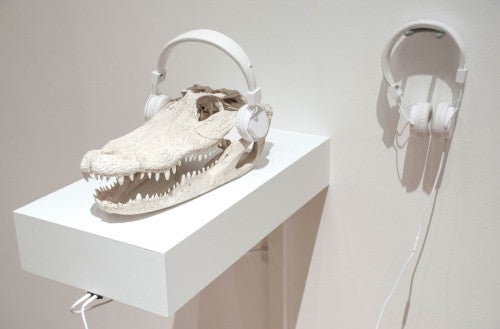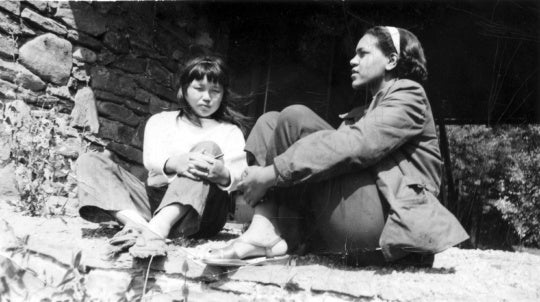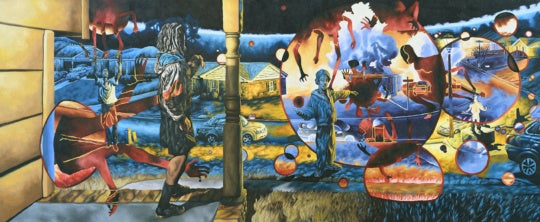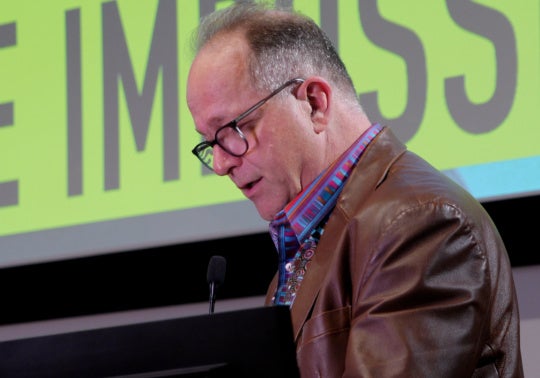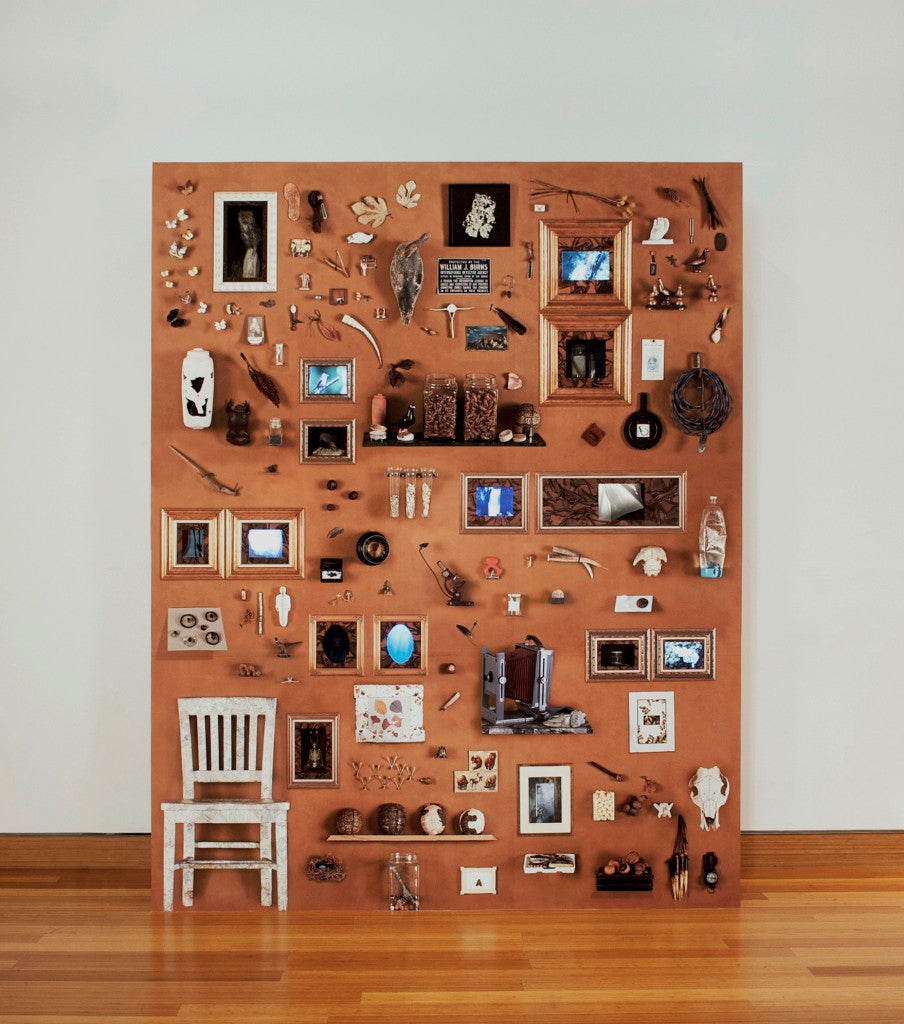
Like sound in the famous falling tree conundrum, erudition and sophistication are relative values, only brought into definition as they are apprehended and acknowledged by an audience. This is the principle that drove the development of the Wunderkammer, or “cabinet of curiosities,” as a format through which persons of privilege could present the material evidence of their cultural, intellectual, and mercantile prowess.
Viewed negatively, these “cabinets,” which were in vogue between the 16th and 18th centuries in Europe, are imbued with the foulest presumptions of colonialism. Viewed positively, they are inseparable from the development of modern science, taxonomy, and the museum as a sociocultural institution. It is primarily in this vein that the tradition of the wunderkammer is cited in the Harn Museum of Art exhibition “Repurposing the Wunderkammer: Building a New Space for Science and Art,” which celebrates it as an impetus and vehicle for inquiry.
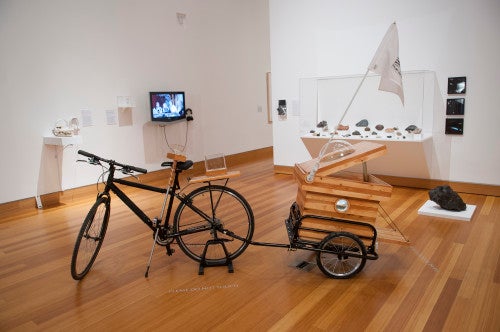
Organized by curator and artist Sean Miller, one of the exhibition’s signature works, CLIF: Mobile Wunderkammer, takes this vehicular principle literally. Comprising a bicycle and a custom bicycle trailer designed for the transport and display of museum specimens, CLIF couples the aura of the artifact with the mobility demanded by a 21st century world. Kim Abeles’s work Cabinet of Wondering reverses the logic of Miller’s gesture by fixing mobile and digital technologies within a totemic, static object. Computer tablets encased within the piece, once free to roam, here take on the aspect of taxidermy. The work itself is a kind of false cabinet—a large, simple, rectangular structure with a digitally printed “cabinet” veneer adhered to it, like a vinyl automotive wrap. Compared to the authority and authenticity of presence valued in the traditional wunderkammer, the strange, quasi-presence (part factual, part illusory) of Abeles’s hybrid cabinet seems an appropriate update—reflective of the values of our era, where daily life is often infused with the same hybridity.
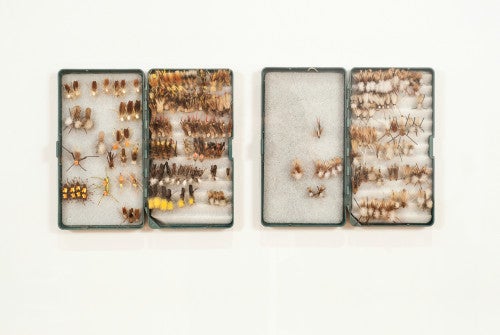
Some of the works in the exhibition do acknowledge the more polemical aspects of the wunderkammer as a residual cultural symbol. Jason Benedict’s Romantische Naturphilosophie does so not by way of direct critical address but by co-opting its formal logic in the presentation of a set of objects (his deceased father’s hand-tied fishing lures), which, sympathetically, carry the burden of their own complex past. Sergio Vega’s mixed media piece Tuning in to the Crocodilian Brain, in which the audience is invited to listen alongside an alligator skull to clips from the Rush Limbaugh Show, similarly leverages the traditional contents of the curiosity cabinet (the alligator skull) and its sociopolitical baggage to remind us that principles of self-preservation, power, and accumulation are still at the heart of global conflict, ethnocentrism, and economic inequality.
In addition to the many individually effective moments—among them, works by Mark Dion, Ben Patterson, and the Art Guys—there is also a clever, self-reflexive quality to the exhibition as a whole. By thoughtfully displaying a panoply of artists, materials, and practices (reflective of the knowledge and experience of its organizers), the exhibition fulfills its own prophecy, i.e., it becomes a kind of “cabinet” in its own right and the operational equivalent of the form it seeks to address.
“Repurposing the Wunderkammer: Building a New Space for Science and Art” is on view at the Harn Museum of Art at the University of Florida, Gainseville, through July 26.
Chase Westfall is an artist and the director of Gallery Protocol in Gainesville, Florida.
